After spending a week on Oahu, my wife and I took another week to explore the Big Island of Hawaii, which is considered one of the most diverse places to visit and photograph on earth. You could essentially ski on the summit of Mauna Kea in the morning (after one the not so rare snow storms has hit the peak area) and then surf down at the shore in the afternoon. The flight from Honolulu to Kona-Kailua was an awesome experience to begin with, flying over Maui and all the volcanic islands during the last light of the day.Our Apartment was located just above the international airport and was an ideal base to explore the island. It is highly recommended to rent a car, as the island is simply too big to use just public transport. The highlight of the first day was snorkelling at the “Two Step Beach” (Honaunau Bay) and the Kahalu’a-Beach Park with a huge variety of fish and also the occasional sea turtle, which seemed to be even more abundant here than they were on Oahu. On our second day we explored the east side of the island and beautiful Hilo, which compared to Kailua is a historic town, very relaxed and you seem to dip into a Hippie culture. In the evening we drove down to Volcano Nationalpark (VNP) to see the night glow of the Haleimaumau Crater, which is part of the Kilauea volcano, but we were not successful. The VNP is often covered in mist and you cross vast areas of rain forest on your way to the Nationalpark, when we stepped out of the car at the Jaggar Museum (one of the go-to spots for the nightglow) it was raining and the temperatures were at a bone-chilling 12°C, not the weather we came for and we were not appropriately dressed. I highly recommend bringing all-weather clothing when staying on Big Island as it home to 11 of the worlds 13 climate zones.Another spot that I particularly liked was the Wawaloli Beach Park just down the road of the NELHA institute. Here a lot of tide pools in an old lava field made for great foregrounds too shoot amazing sunsets, especially if the tide is coorporating. Here a good set of ND-filters is highly recommended. Another spot close by, which is amazing to shoot the sunset is the Kaloko-Honokohau National Historical Park. Do not take the official parking lot, but rather park at the Honokohau Marina and just walk down to the beach. Usually a ,ot of turtles are resting at the beach, RESPECT them, but doing so you can get amazing evening sceneries. The next day we wanted to get to the top of Mauna Kea but had to turn around, as the weather was not great and we headed to VNP again. Arriving at the Lava Tube the skies were cloudy again and it was drizzling, but nevertheless we headed to the Jaggar Museum again. This time we got lucky and the skies cleared, giving way to that amazing night glow under starry skies and the full moon. Here I captured one of my favourite pictures of the Big Island and I would highly recommend going here during Milky Way season between March and October, so that you can both of these amazing objects in one frame, check the work of Tom Kuali and Bruce Omori, who are masters in lava photography.On Christmas Day we ventured back to the Hilo region again to shoot the water fall alley above the Rainbow Falls just outside of the townsite. On our way back we took the northern route and stopped by the impressive Akaka Falls. This side of the island is very humid and tropical, so bring the rain-clothing here. It is also worth taking the road less travelled here and take the Old Mamalahoa Highway. A simply stunning experience!
|
ChristianRead about the stories behind the pictures. Archive
January 2022
Kategorien |
© COPYRIGHT 2017. ALL RIGHTS RESERVED.

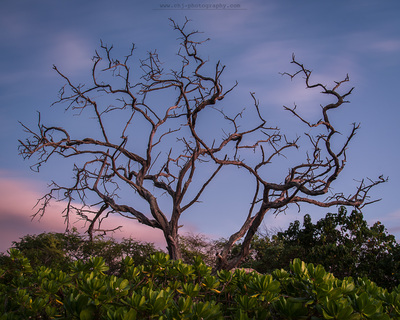
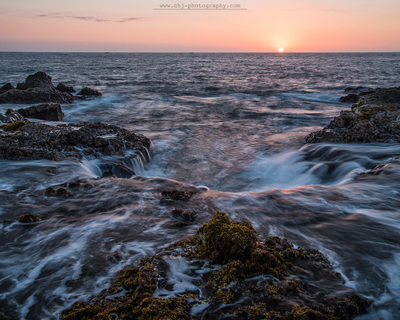
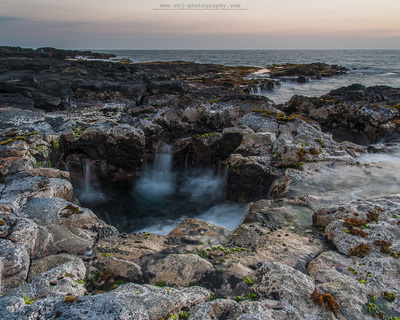
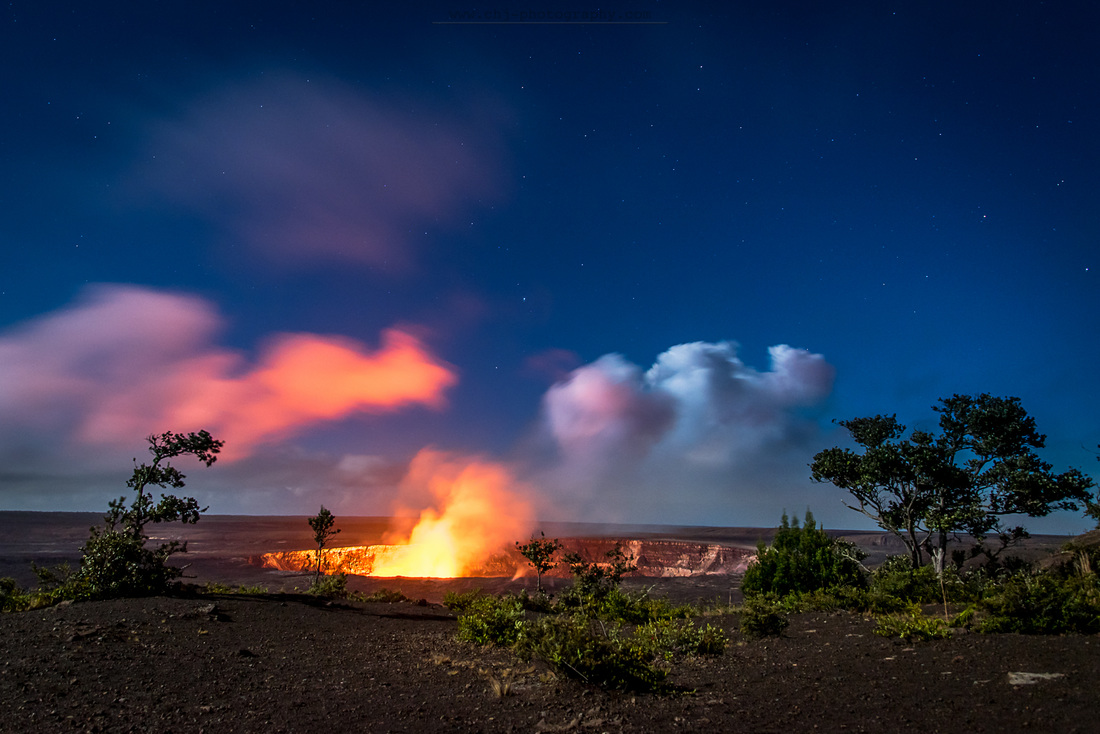
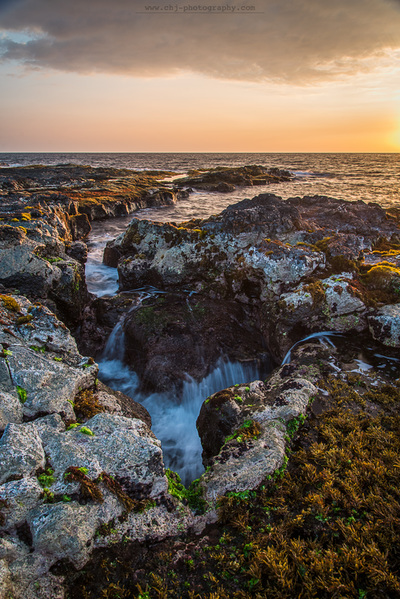
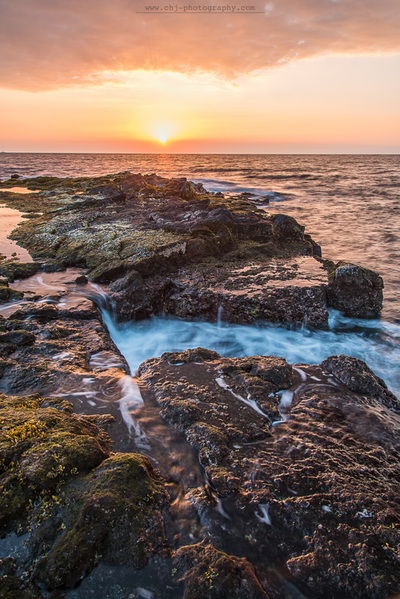
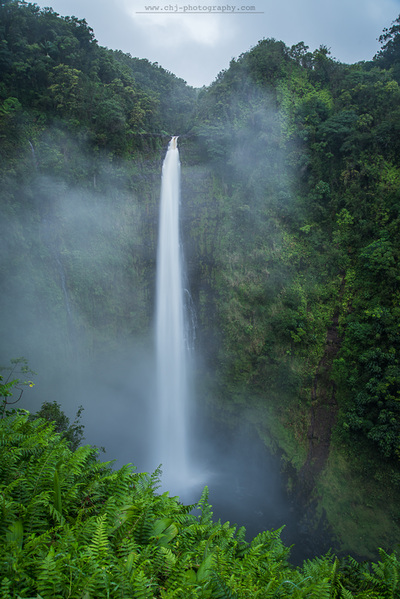
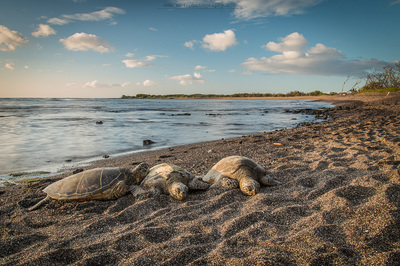
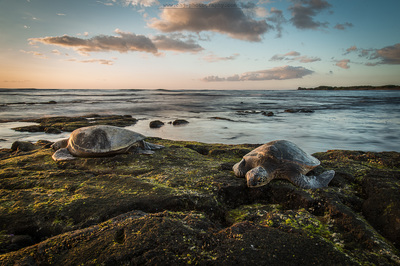
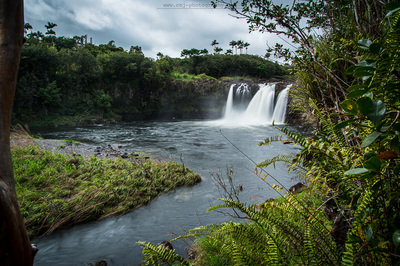
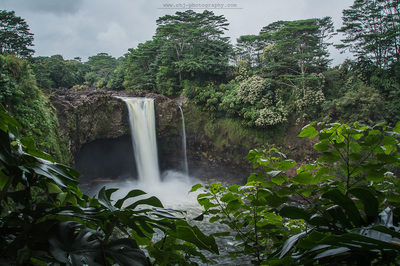
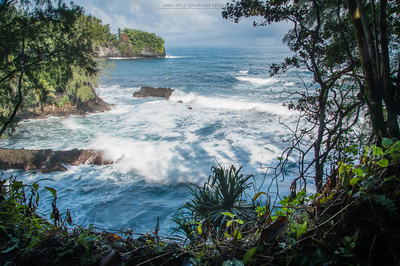
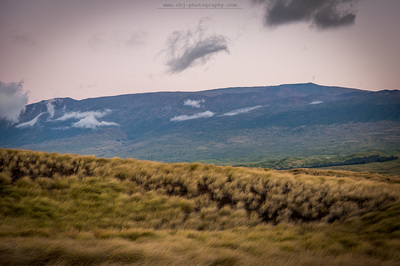
 RSS Feed
RSS Feed